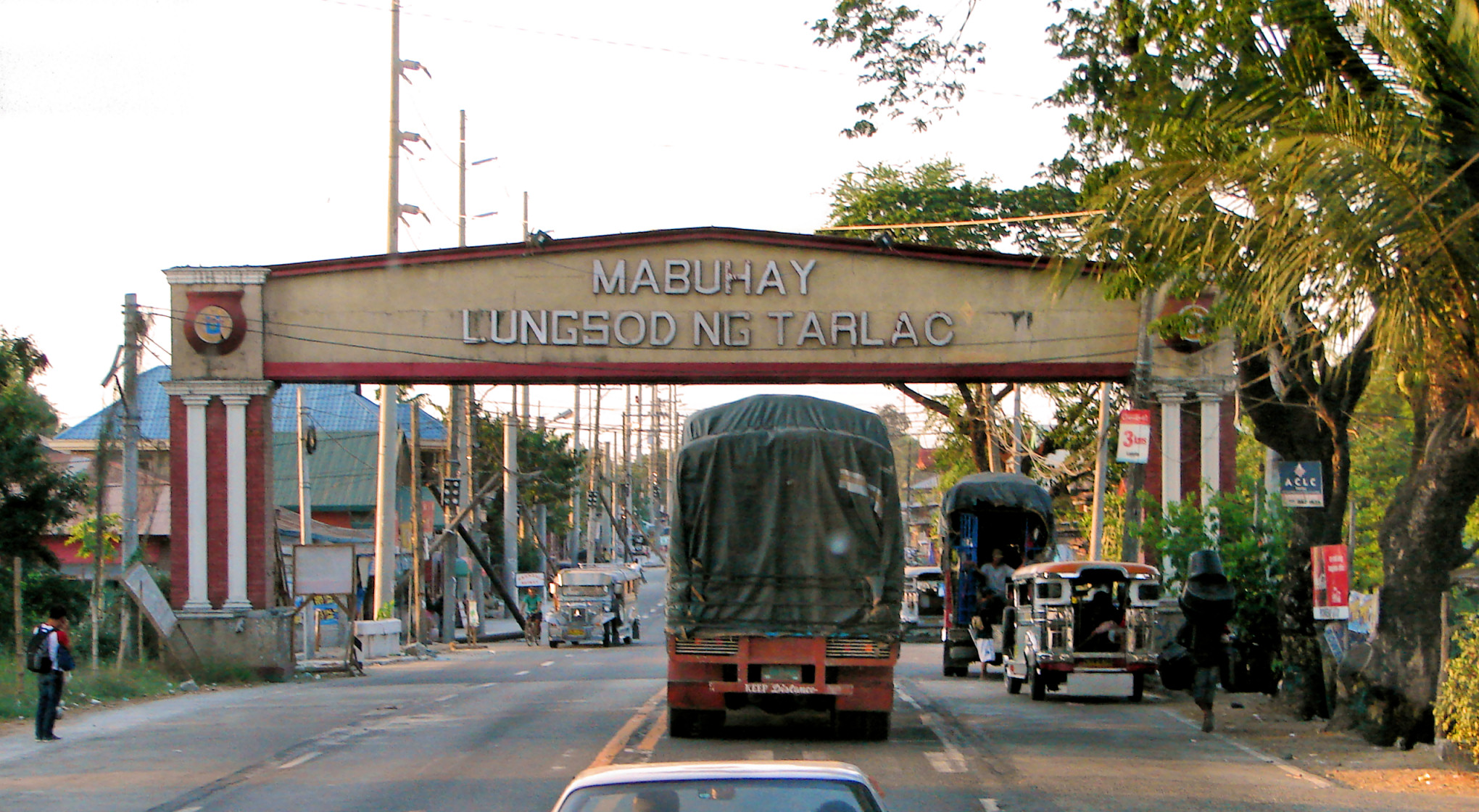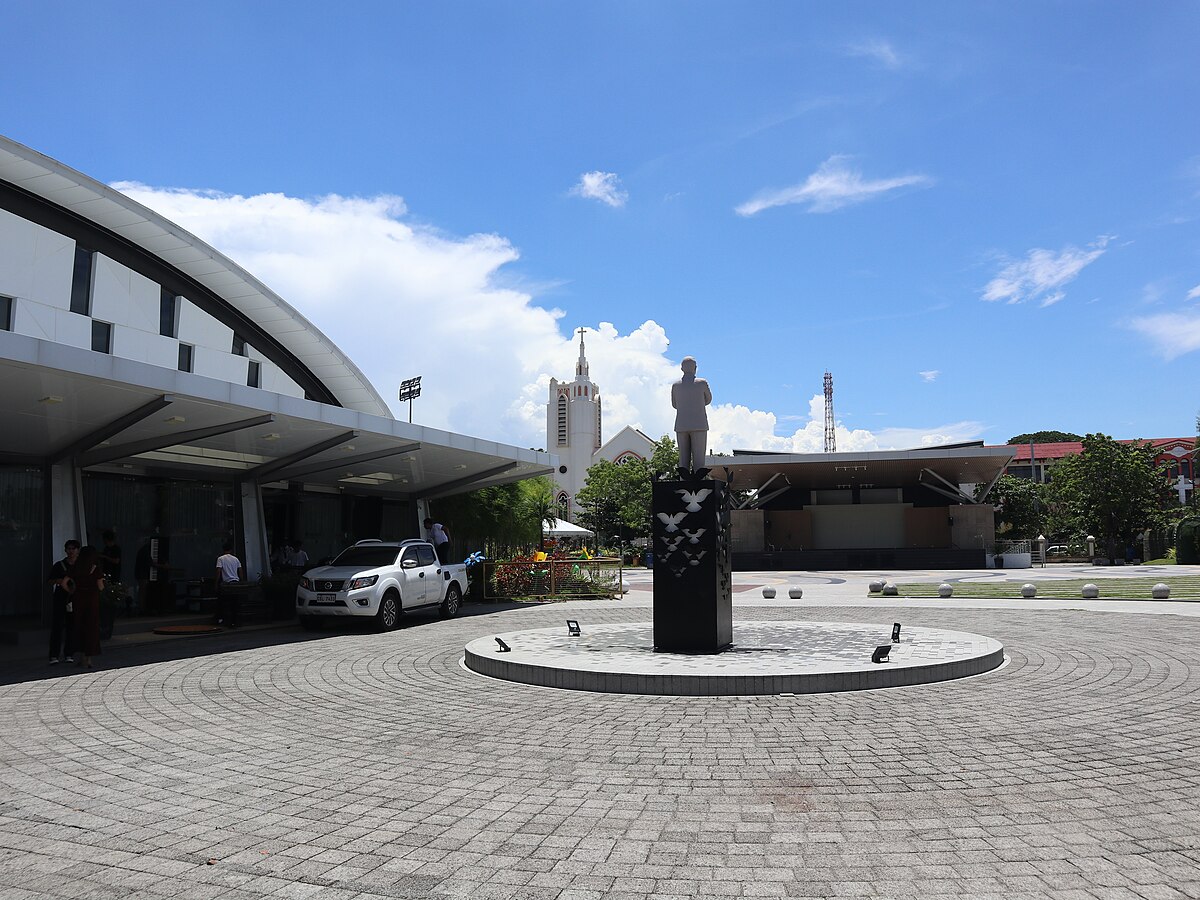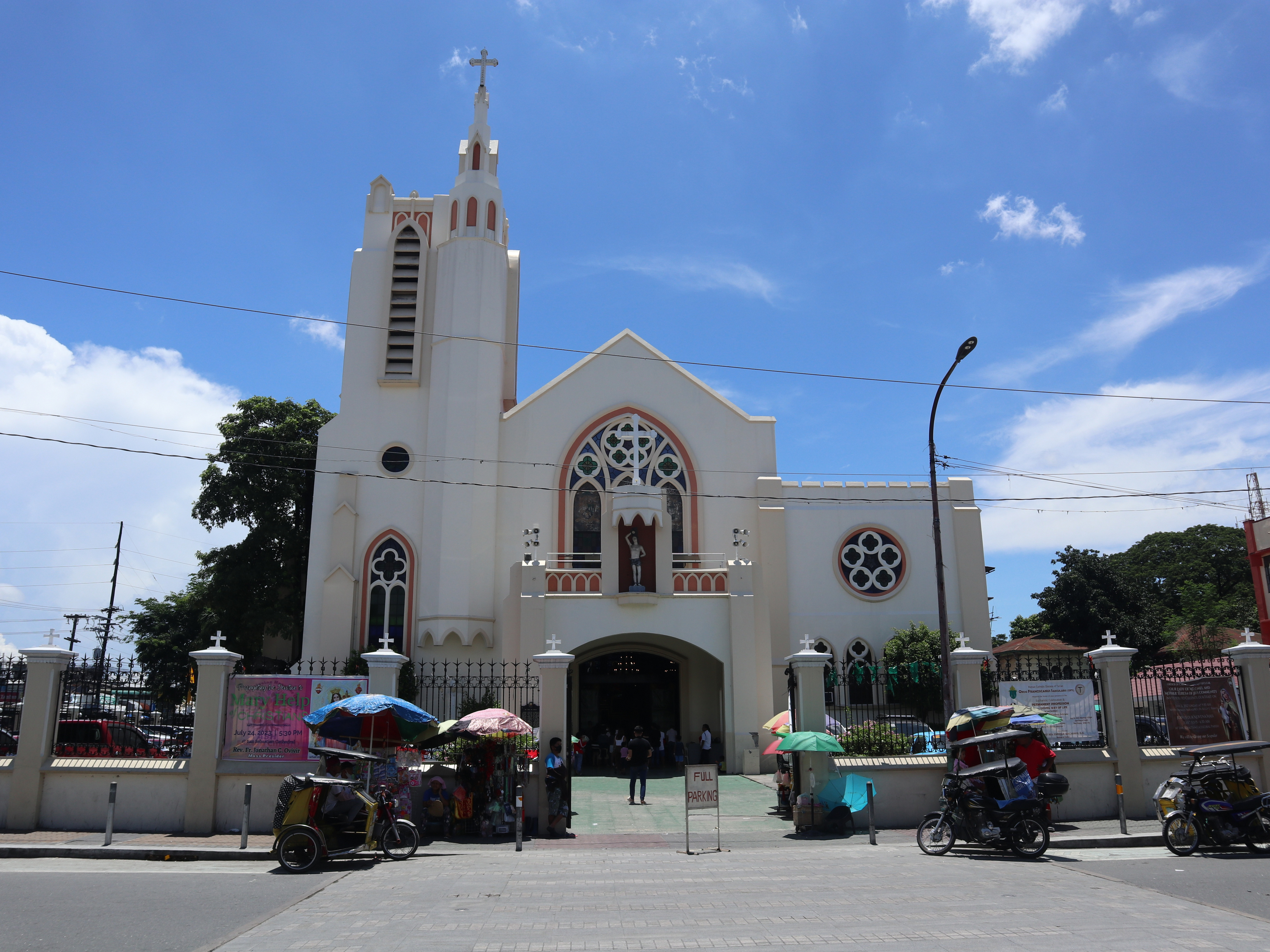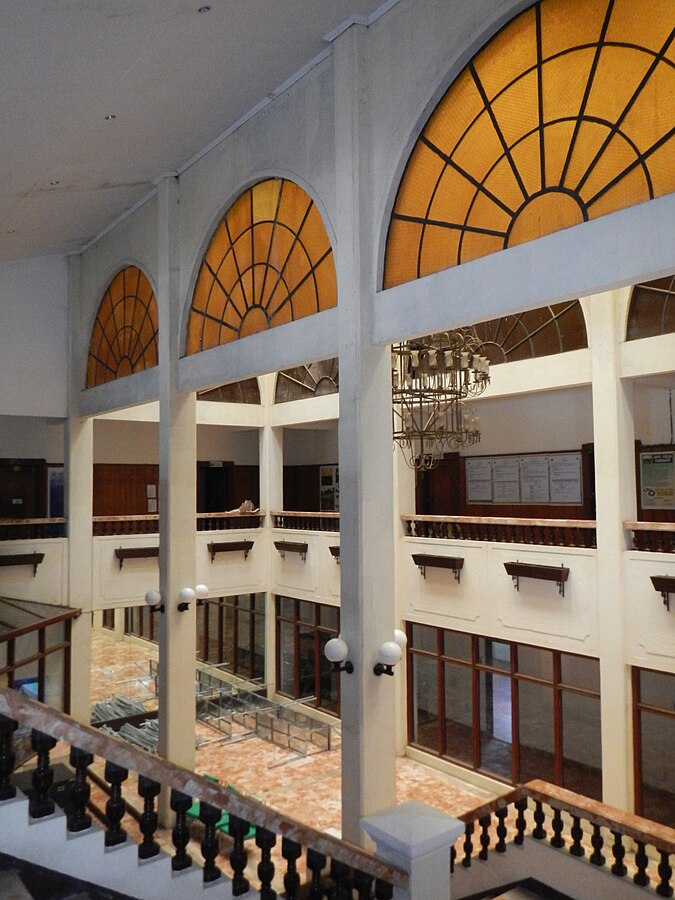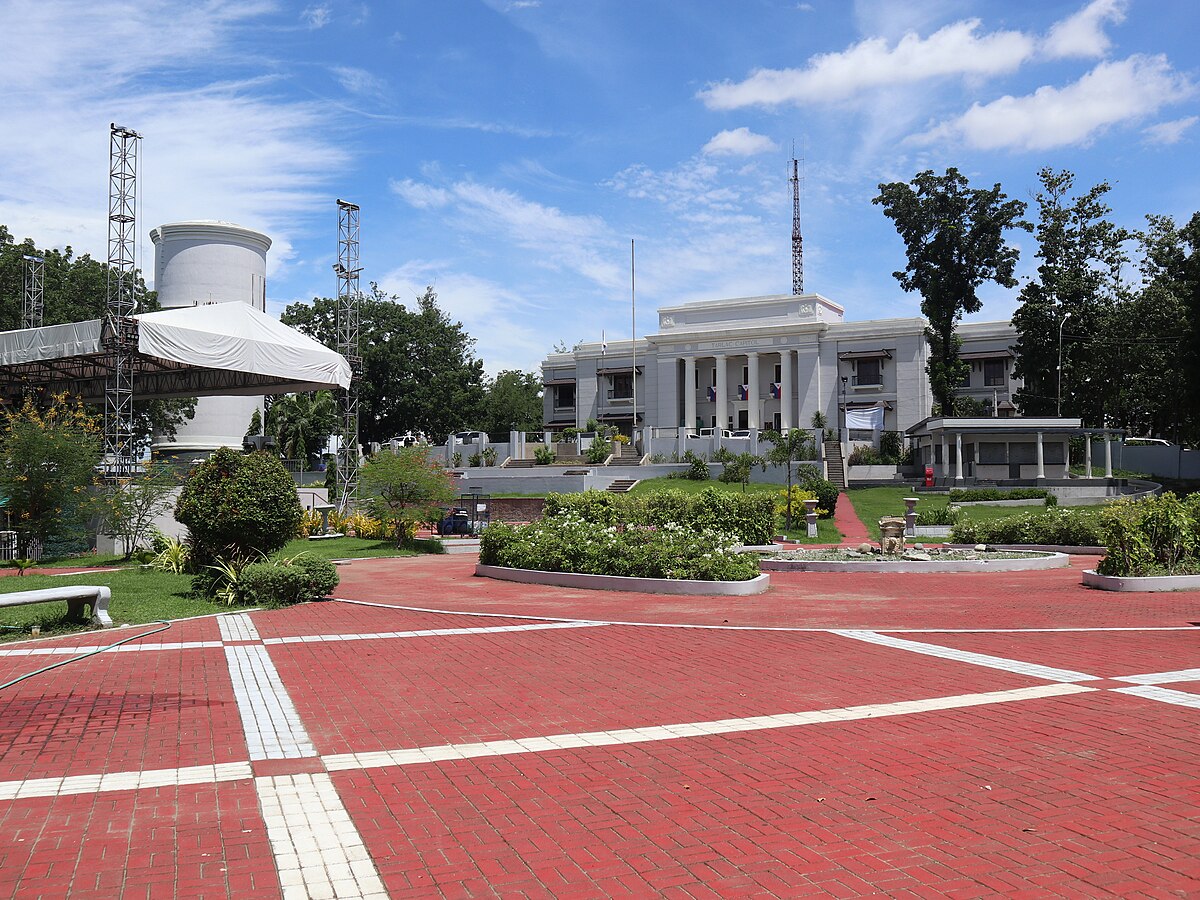Welcome to Tarlac City in Tarlac, and a warm welcome to Anthro on Foot's self-paced walking tour!
This tour
showcases the area's significant heritage sites and cultural highlights. We hope you enjoy the tour as
much as we
enjoyed curating it!
The precolonial history of Tarlac City is rooted in the cultural heritage of the indigenous peoples
who have inhabited the region for centuries.
Tarlac has always been home to indigenous groups with their own distinct languages, cultures, and
traditions. Some indigenous groups that historically inhabited and/or continue to reside in Tarlac
are the nomadic to semi-nomadic Aeta, Sambal, and Ibaloi, Kankanaey, and Tinggian or Itneg, the
latter three groups originating from the Cordillera region but have also migrated to other areas of
Luzon.
The arrival of the Spanish colonizers in the 16th century marked a significant turning point in the
history of Tarlac. The influences of colonial rule, changes in governance, and the introduction of
Christianity have shaped the modern cultural landscape of the area.
The leaders and early settlers from the now-Bacolor in Pampanga played a pivotal role in clearing
the land, cultivating the soil, leading up to the formal establishment of present-day Tarlac.
The name Tarlac is a Hispanized adaptation from the Pangasinan term "Malatarlak," referring to a
talahib weed. Originally, Tarlac was divided into two parts: the southern section affiliated with
Pampanga and the northern section with Pangasinan. It was the final province in Central Luzon to be
established under Spanish colonial rule in 1874.
